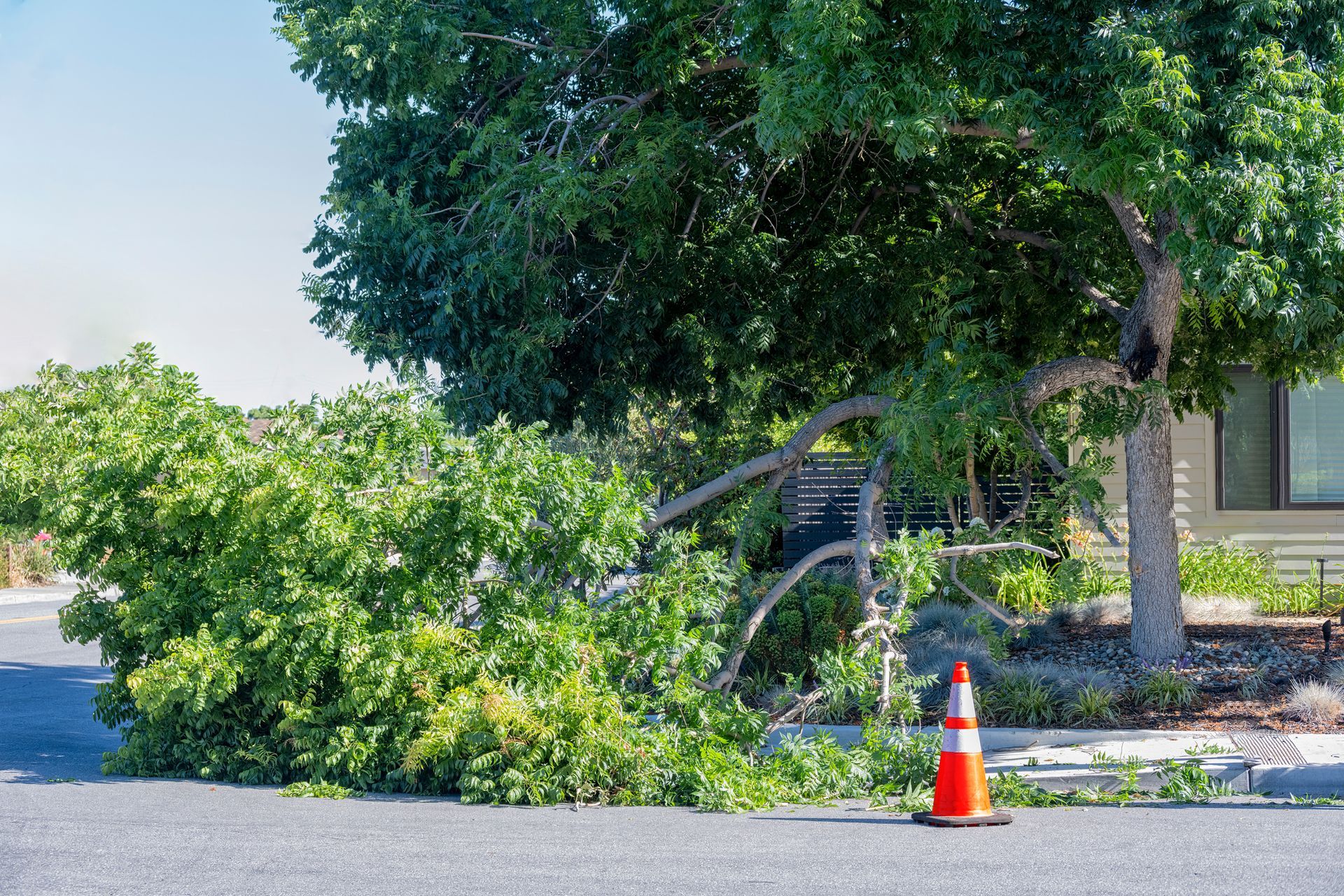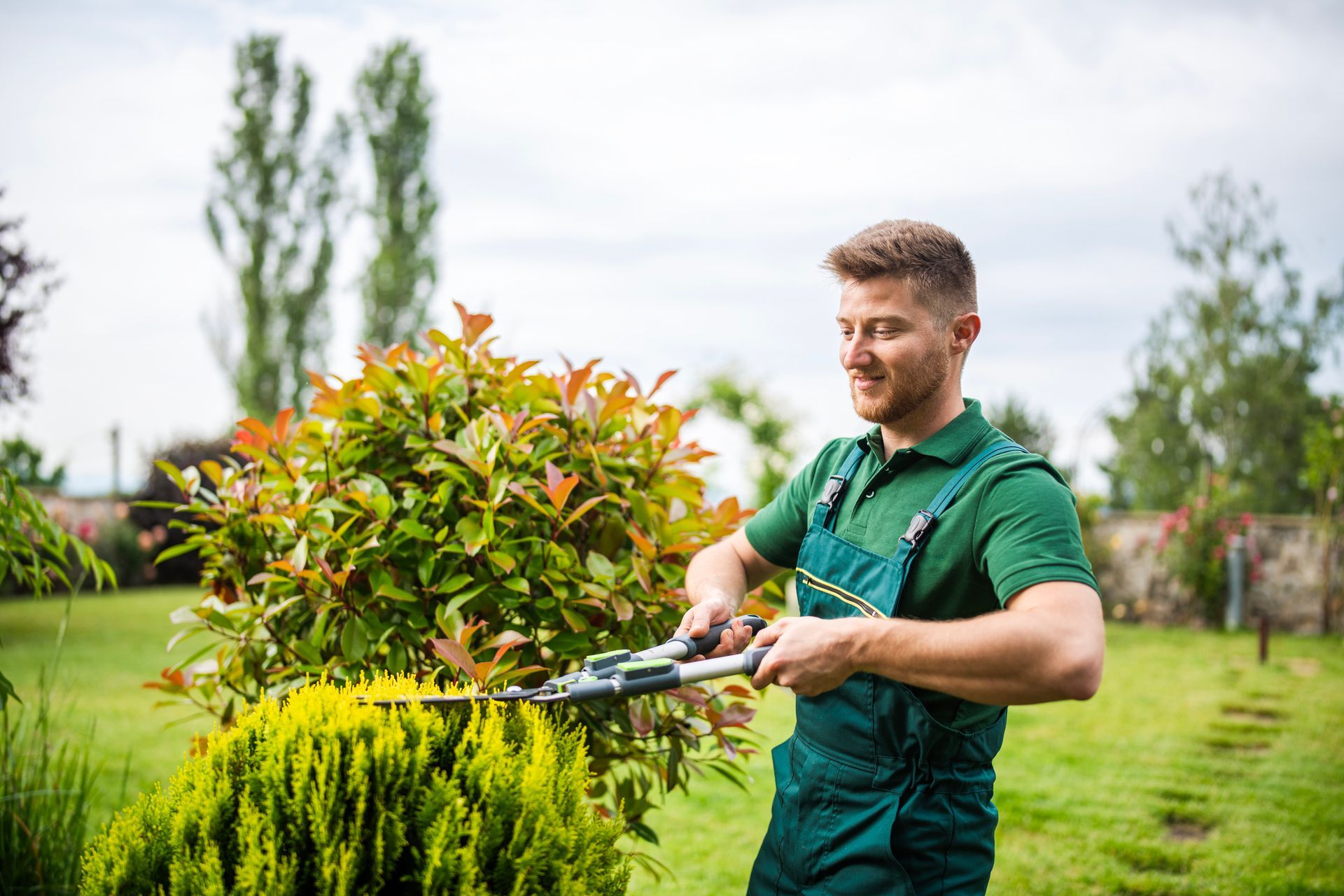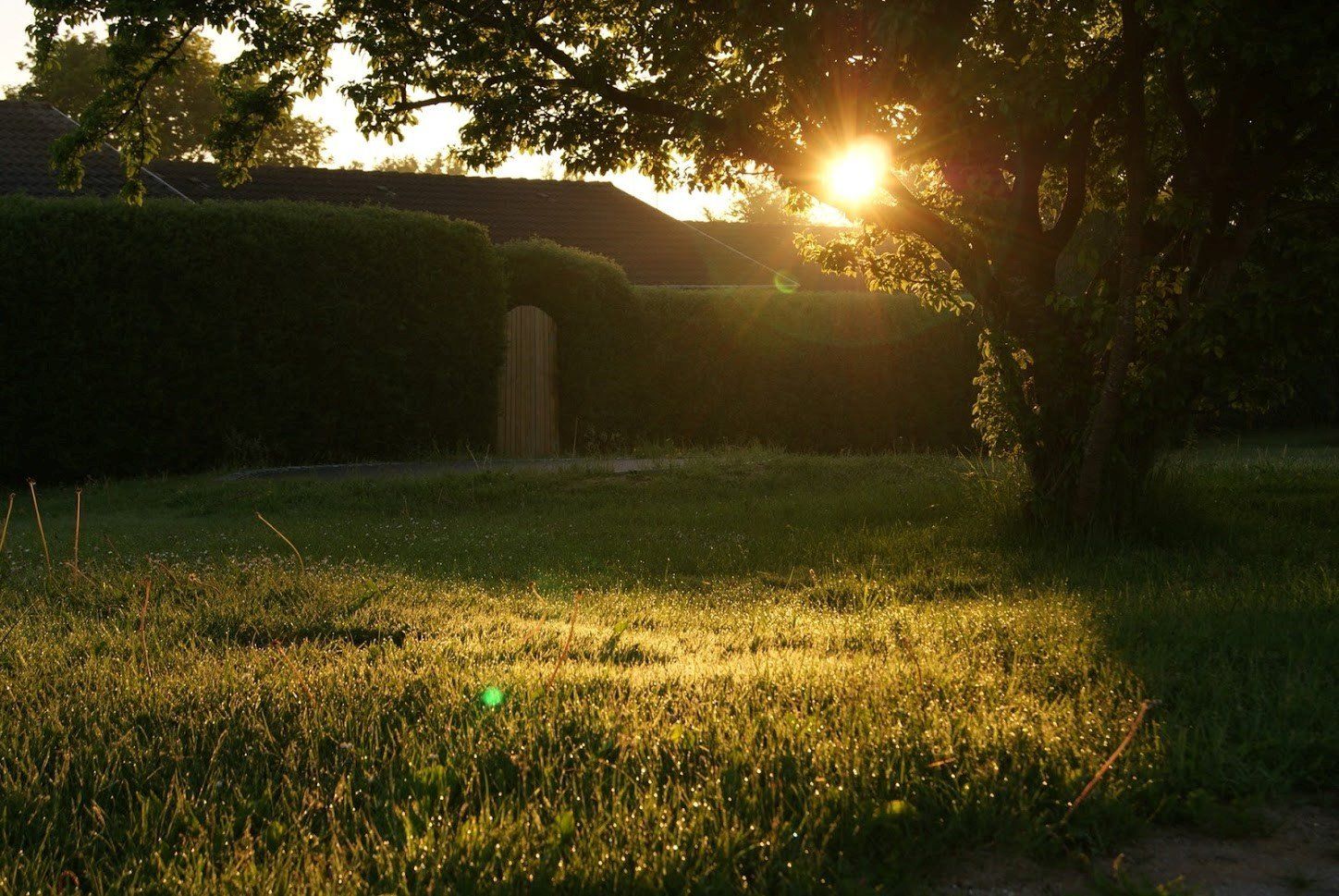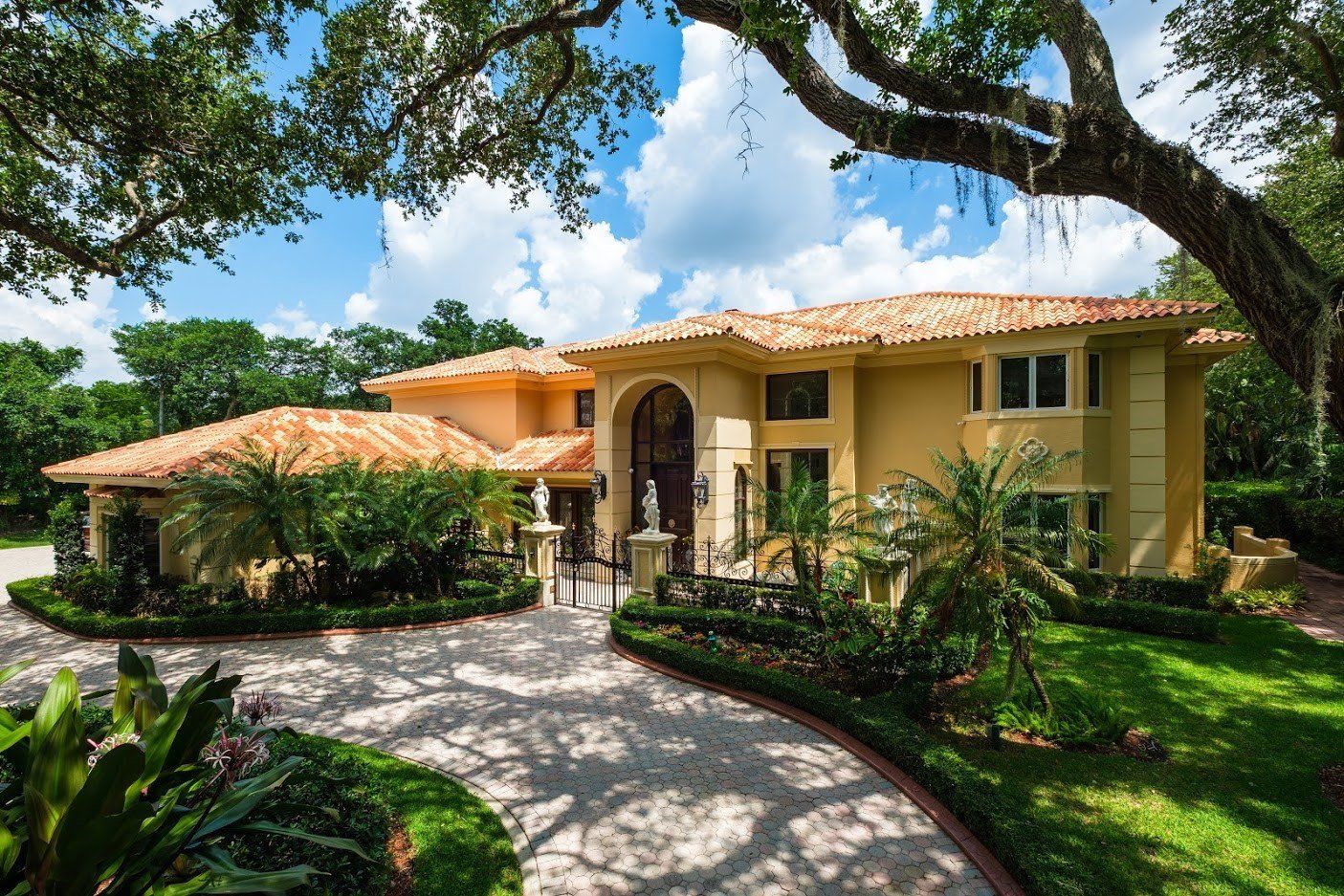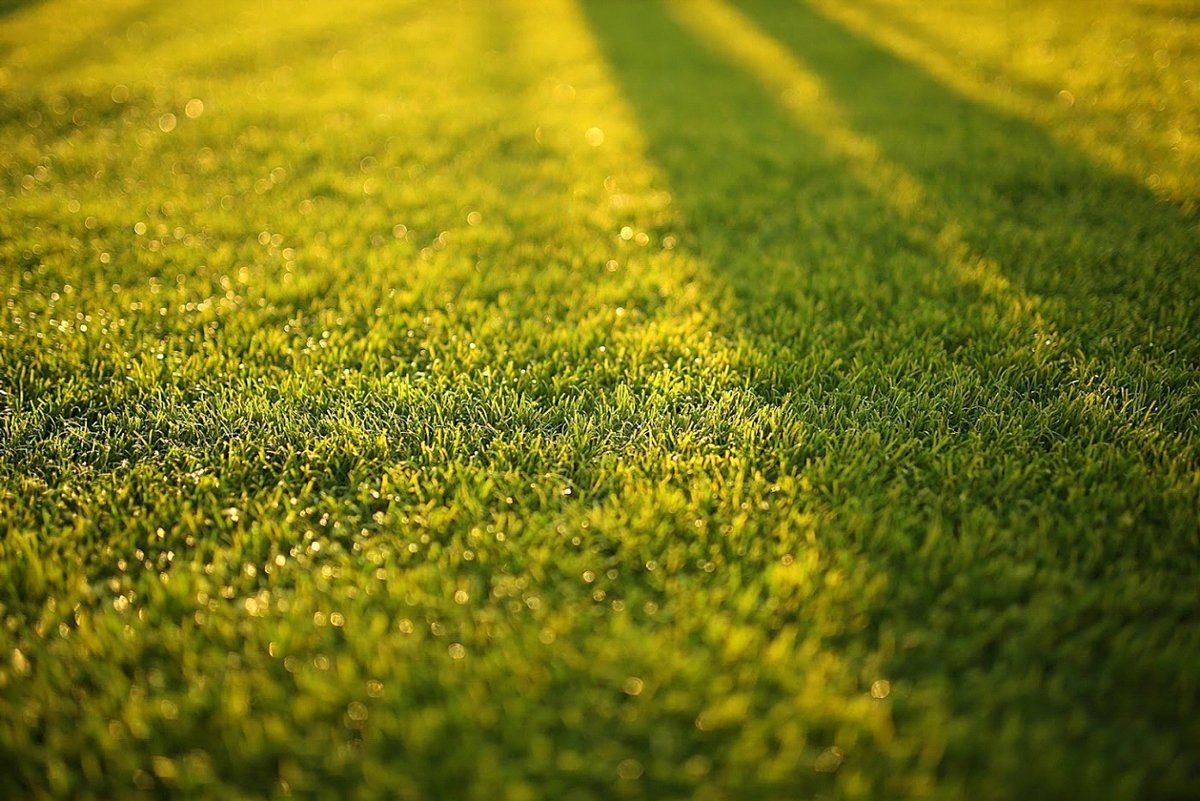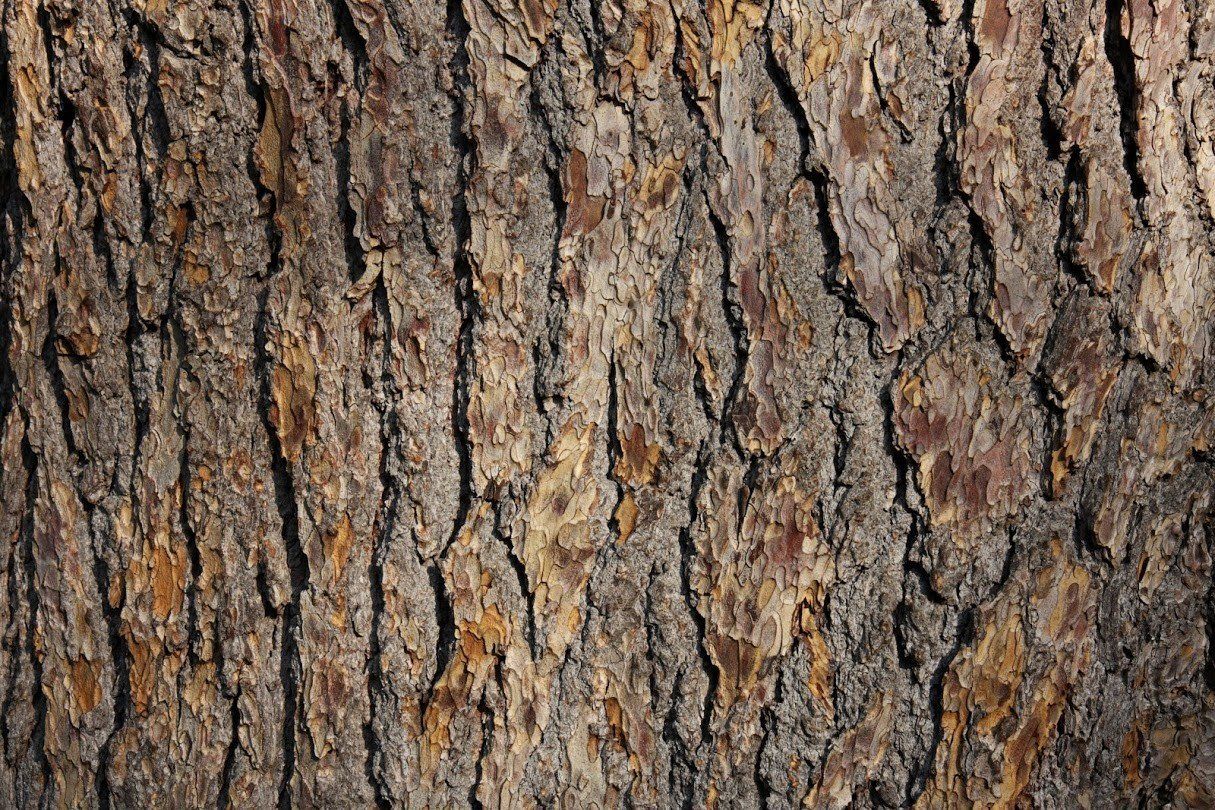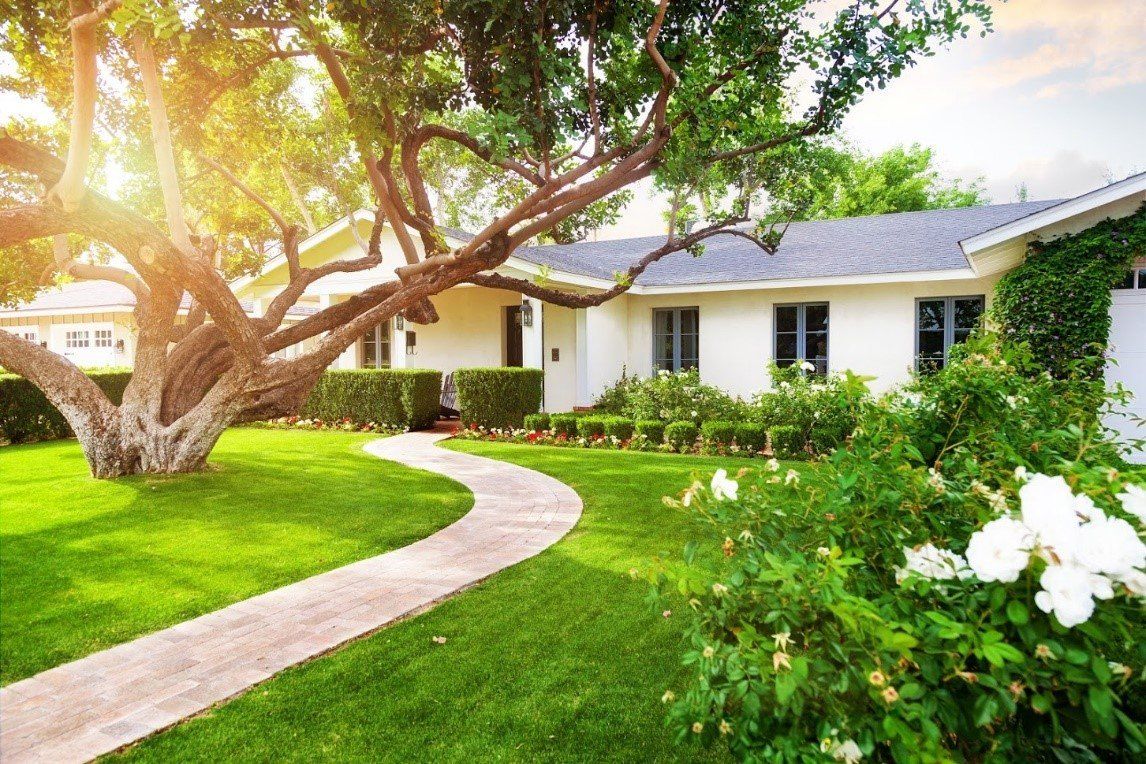Got a Stump? How to Decide Between Grinding and Removal
Admin • January 4, 2020
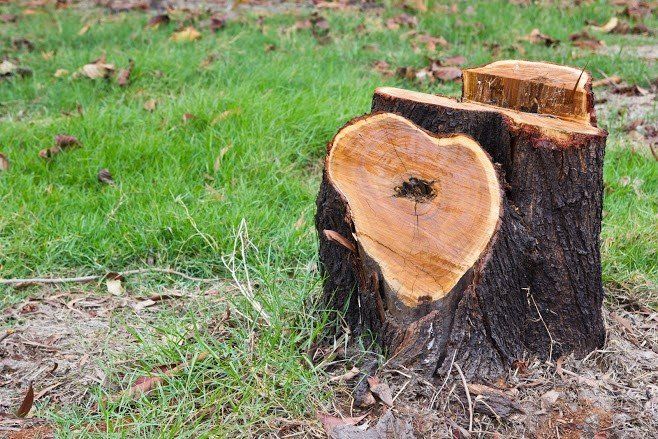
When a tree dies or has to be taken down, you will find yourself stuck with the stump. What should you do with it? Leaving it in the ground is the cheapest option but is often the most unsightly — and even a dangerous — choice. Instead, you likely want to have the stump destroyed so you can move forward.
Fortunately, homeowners have two good choices for removing that stump: grinding and removal. Which is best for your yard? Here are four factors that can help you decide.
Cost
Stump removal will cost more than grinding. Why? The process of removal is significantly more labor-intensive, it's time-consuming, and it requires more heavy equipment. Basically, removal requires digging down to and around the root ball, which can often be even larger than the tree itself. Then, as much of the root ball as possible is pulled out using heavy equipment or a crane.
Therefore, if you are on a budget, stump grinding — in which the stump is ground up by a hand-operated machine and turned into sawdust — is more economical and generally faster.
Replanting
What do you want to do with the spot where the old tree was? This is a big part of the decision because stump grinding will leave most of the underground portion of the tree's roots in place. The grinding can be as shallow as only few inches below the soil level, or it could be as deep as a foot or two. Either way, though, your choices about what to plant in the exact spot will be limited.
If the old tree was large, its root system may be very large as well, resulting in a significant impact on what landscaping options you have in the area. While you can replant the space with grass, shrubs, or flowers, you may not be able to replant a large tree or build hardscape features that require a foundation.
Destruction
How thoroughly does the old tree need to be eradicated from its location? As mentioned previously, stump grinding will leave the root ball in the ground and allow it to decay naturally. There is a possibility that the tree's roots will allow shoots to continue to grow for years after the tree is gone. In addition, if the tree's roots are diseased, infected, or infested with pests, these problems will remain in the soil.
Most stumps will not cause permanent damage if the root ball is left in the ground, though. To find out if yours may create further landscape issues, consult with an experienced tree service about the specifics of your old tree's condition.
Landscaping
Stump removal is almost always going to cause significant damage to the area immediately around it. That's because the root system of a mature tree can be quite vast and quite deep. Removal experts will have to dig extensively in order to get the majority of the root ball and offshoots. You will be left with a large hole in the ground that will need filled back in and re-landscaped.
Removal, then, is best done when you're not concerned with the landscape around the tree — such as when working on an unimproved lot that has yet to be landscaped or as part of a project that will see the complete renovation of the yard. If you do have valuable or sensitive landscape or hardscape, though, grinding is a much more cautious way of taking out just this one feature.
The right stump destruction method for your particular circumstances will depend on these and other elements. If you aren't sure how to go about it the best way, make an appointment with a qualified tree service to evaluate your options. Kaily's Tree Service
is ready to help. Call today to learn about our stump services as well as what we can to do care for all your trees — both now and in the future.

